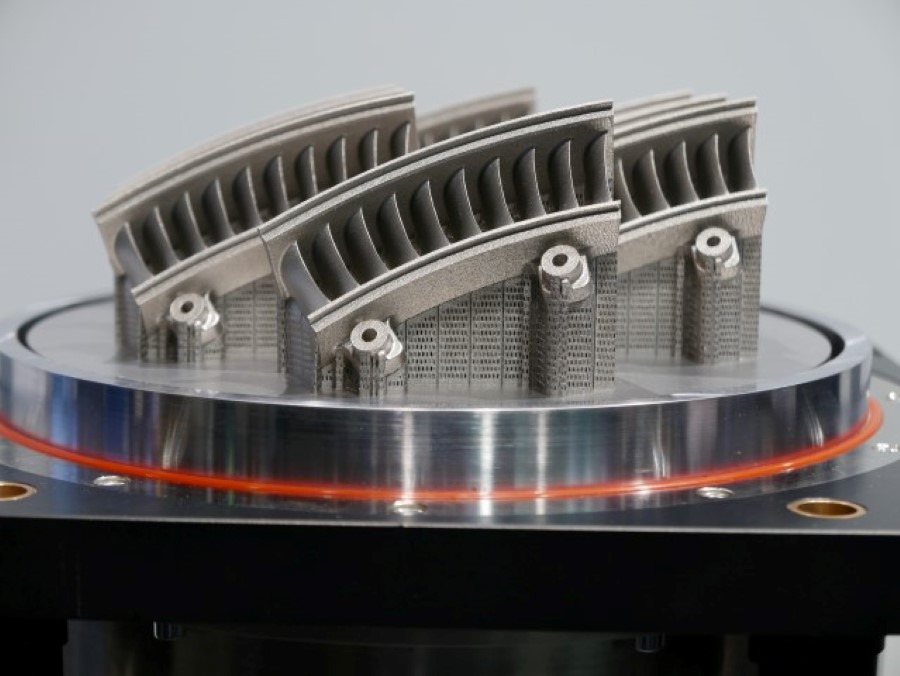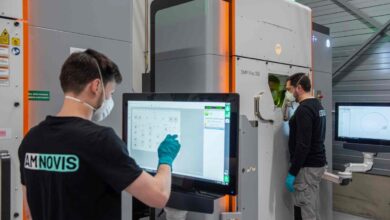
Lufthansa Technik en Oerlikon: AM toepassen in MRO-industrie
Lufthansa en Oerlikon willen samen robuuste additive manufacturing processen gaan ontwikkelen voor onderhoud en reparaties aan vliegtuigen (MRO). Deze samenwerking wordt gezien als een belangrijke stap om de MRO-industrie klaar te maken voor 3D metaalprinten. Lufthansa wil uiteindelijk wereldwijd MRO-centra hebben waar vliegtuigonderdelen worden 3D geprint.
Bedrijven gaan robuuste AM-processen voor de MRO-industrie ontwikkelen
Oerlikon AM, de 3D metaalprintdochter van het Zwitserse bedrijf, start met het opbouwen van een database met daarin de geometrische modellen van enkele representatieve componenten uit een van de vliegtuigen van Lufthansa. Vervolgens worden ze op drie locaties in de wereld geprint: Bij Oerlikon AM in Charlotte (VS), Oerlikon AM in Barleben (Duitsland) en Lufthansa Technik in Hamburg (Duitsland).
Hoe herhaalbaar is AM-proces
De onderdelen worden geprint met dezelfde poeder specificaties en procesparameters op identieke machines, verspreid over Europa en de VS. Doel van deze exercitie is te onderzoeken hoe goed de repeteerbaarheid van het proces is. Als Lufthansa Technik, het onderhoudsbedrijf van de Duitse vliegtuigmaatschappij, lokaal wil gaan produceren, moet de kwaliteit en de geometrische nauwkeurigheid van de onderdelen gelijk zijn, ongeacht waar ze worden geprint.

Betrouwbare en herhaalbare processen
Roland Fischer, CEO van Oerlikon Group, heeft er alle vertrouwen in dat de samenwerking Lufthansa Technik voordeel zal opleveren. Het doel is om betrouwbare en herhaalbare processen te ontwikkelen voor additive manufacturing, evenals standaarden en producten waarmee de MRO-industrie (maintenance repair and overhaul) de AM-technologie verder kan gaan implementeren in de productie. Lufthansa Technik zelf ziet de samenwerking als een impuls om de AM-technologie sneller te implementeren in het bedrijf. Het plan van het vliegtuigonderhoudsbedrijf om wereldwijde lokale productiebedrijven op te richten die AM inzetten, moet hierdoor in een versnelling komen.
Kennis wordt gedeeld
De twee bedrijven zijn van plan hun ervaringen te delen met de normeringsinstanties. Uiteindelijk moet dit leiden tot gekwalificeerde standaarden voor de productie en reparatie van vliegtuigcomponenten, gebruik makend van additive manufacturing.





